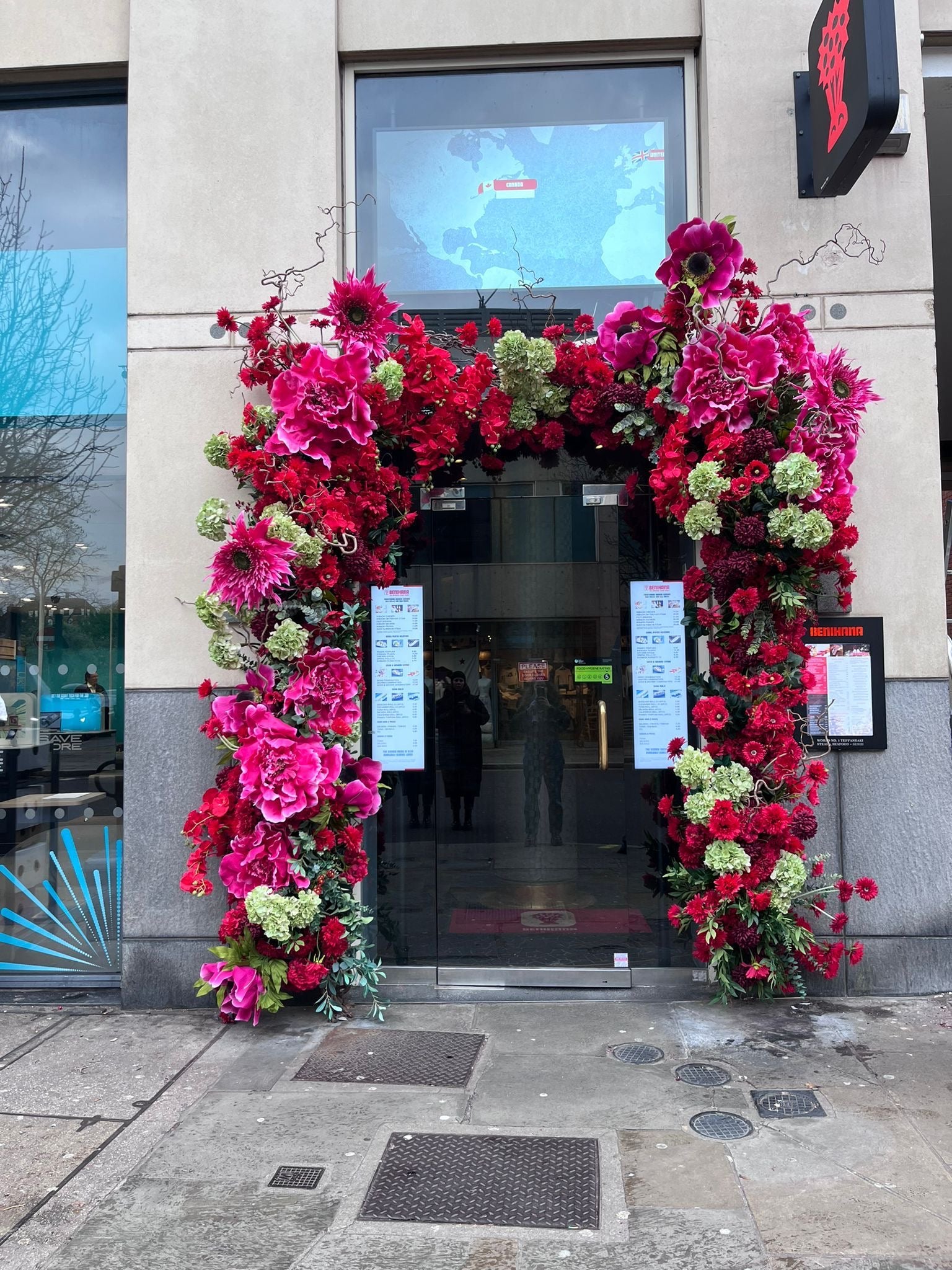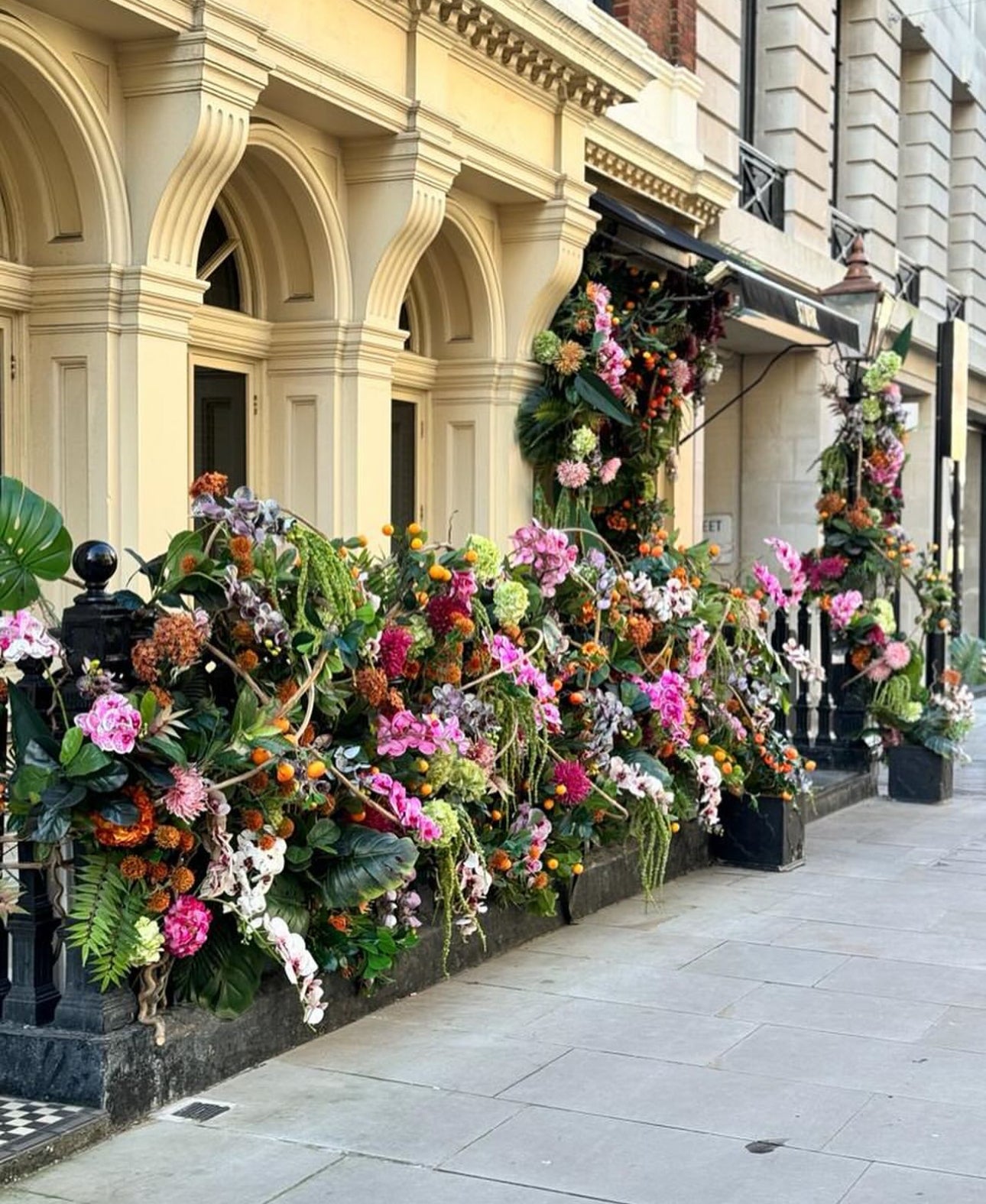The popularity for dried and preserved flowers continues to grow this season, and it’s no wonder! There are numerous benefits to buying these types of flowers, not only for their beauty but for their everlasting life span.
These flowers are absolutely amazing to work with, and the designs are endless, but we love the no waste opportunity that dried and preserved flowers provide, allowing us to recycle fresh flowers that haven’t been bought, or bouquets that a customer wants to keep forever.
A question we get asked time and time again is ‘what is the difference between dried and preserved flowers?’, let us tell you…
THE DIFFERENCE BETWEEN DRIED FLOWERS AND PRESERVED FLOWERS
Whilst these flowers may seem similar, the difference between these two types of flowers come from the preservation process. There are numerous ways to create everlasting flowers, but the far more popular techniques are through drying and preserving. The reason why many choose to dry and preserve flowers is to keep the memory in which fresh flowers bring to them, and to increase the lifespan of the flowers they love.
DRIED FLOWERS
Drying is the best-known process which utilises traditional techniques that have been used for decades. It is one of the easiest ways to retain fresh flowers for an extended period of time. To do this, you leave the flowers to dry by dehydrating naturally, placing them to hang face down so that they retain their shape.
Once completely dry and rid of any moisture, the flowers typically undergo a colouration and setting treatment so that they regain some of their original appearance. However, this process isn’t necessarily needed, especially if you are drying the flowers yourself at home. Most flowers will dry beautifully, and whilst the colour may diminish slightly you will still be left with a gorgeous natural looking bouquet.
PRESERVED FLOWERS
Preservation of flowers is a more sophisticated technique that is used to create a completely different result. Preserved flowers maintain their soft, natural appearance and feel as if they were still freshly cut flowers (with the added bonus of lasting much longer!).
To achieve this, fresh flowers are cut when they are at their most beautiful and radiant. Instead of leaving them to dry, they undergo a re-hydration process by placing the flowers in a glycerine mixture. Glycerin replaces water in the flower, resulting in a flower that never dries out, and that won’t get wrinkled, with leaves that won’t break off.
The final result is a flexible flower with a completely natural appearance, that can be arranged as if you would a fresh flower bouquet. The preservation process keeps working for months, or even years! With minimal care, you can enjoy our preserved flowers for a long time.
COMBINING FRESH, DRIED AND PRESERVED FLOWERS
Our Your London Florist signature style is combining beautiful fresh flowers with either dried or preserved flowers to create everlasting bouquets for yourself or a loved one.
We love the endless designs that can be created by using fresh, dried and preserved flowers. Not only do they look amazing when combined together, but the biggest benefit of these kind of floral arrangements is the economic value they hold.
When it comes to changing the flowers, the entire floral composition doesn’t need to be changed. In fact, we tend to use fresh flowers that can easily be dried at home before they start to wilt, and can easily be re-added back into your bouquet. These types of floral arrangements make the perfect, unique, everlasting gift that a loved one can keep and enjoy for years to come.
HOW TO TAKE CARE OF DRIED AND PRESERVED FLOWERS
The beauty of dried and preserved flowers is that they can last for as long as you want them to with the correct care. One thing to take into consideration with dried flowers is that they are very delicate and need to be handled gently. We advise positioning these in a dried area within your home, away from direct sunlight, as well as to avoid touching them as much as possible to ensure you limit breakage of the petals and stems.



